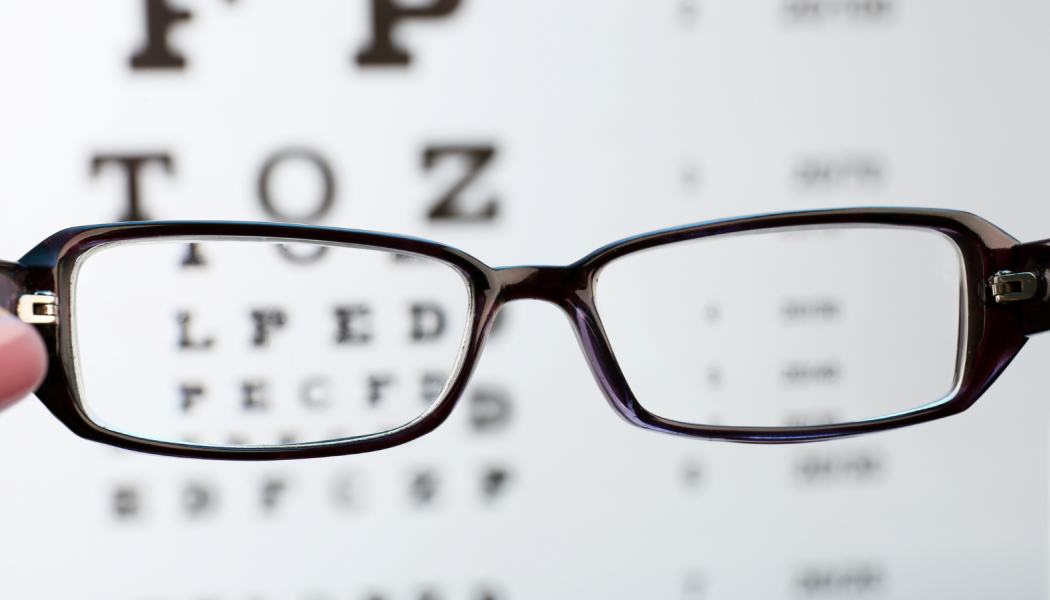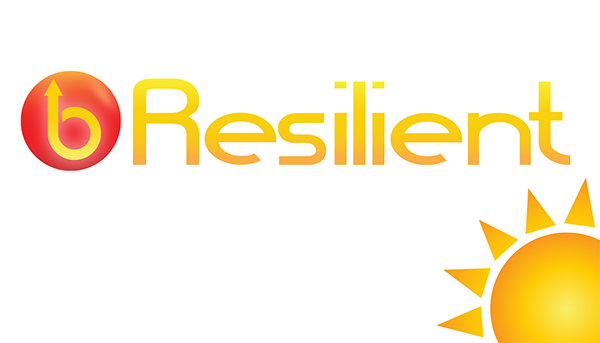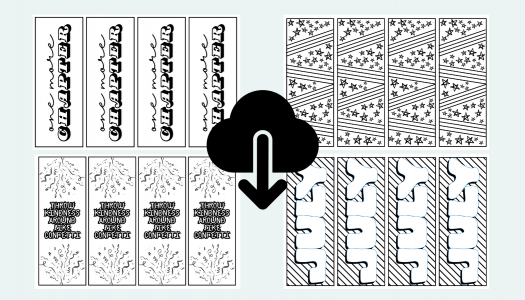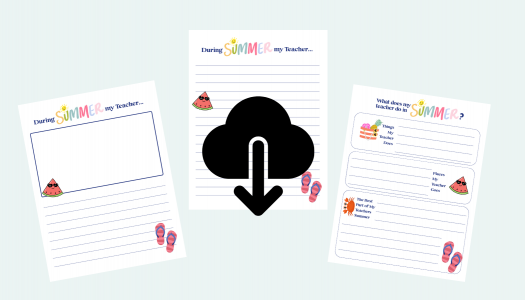
Allison Behne
My annual eye appointment was as predictable as ever. I sat down, and the doctor began the usual routine of asking me to read the letters on the chart. Then he switched the lenses on the machine in front of me, wanting to know which made the letters clearer . . . lens one or lens two, tweaking the equipment after each answer. Having worn glasses since I was eight, I knew this process all too well. It’s a meticulous routine, and every step helps the doctor get a clearer picture of what my eyes need.
As I walked into my classroom later that day, it struck me how similar this process is to monitoring my students’ progress through one-on-one conferences. Just as the eye doctor assesses vision step-by-step, we teachers break down our assessments into smaller, focused conversations with each student. Each conference serves as an opportunity to adjust our teaching, much like how the doctor adjusts the lenses, to better meet our students’ individual needs.
When we conference with students, we sit with them, listen to them read or review their work, ask targeted questions, and listen to their thoughts and struggles. This personalized approach helps us identify areas where students need more support and provide specific feedback to help them improve. Just like those small adjustments at the eye doctor can make a big difference in vision, these regular check-ins significantly enhance our understanding of each student’s needs.
A visit to the eye doctor can drastically improve someone’s vision, and a one-on-one conference can help students see their learning path more clearly. The parallels are undeniable, and the results are incredibly rewarding.
News From The Daily CAFE
July Bookmarks
Page-Turners—Summer-Themed Chapter Books
Writing Prompt: What Does My Teacher Do in the Summer?










